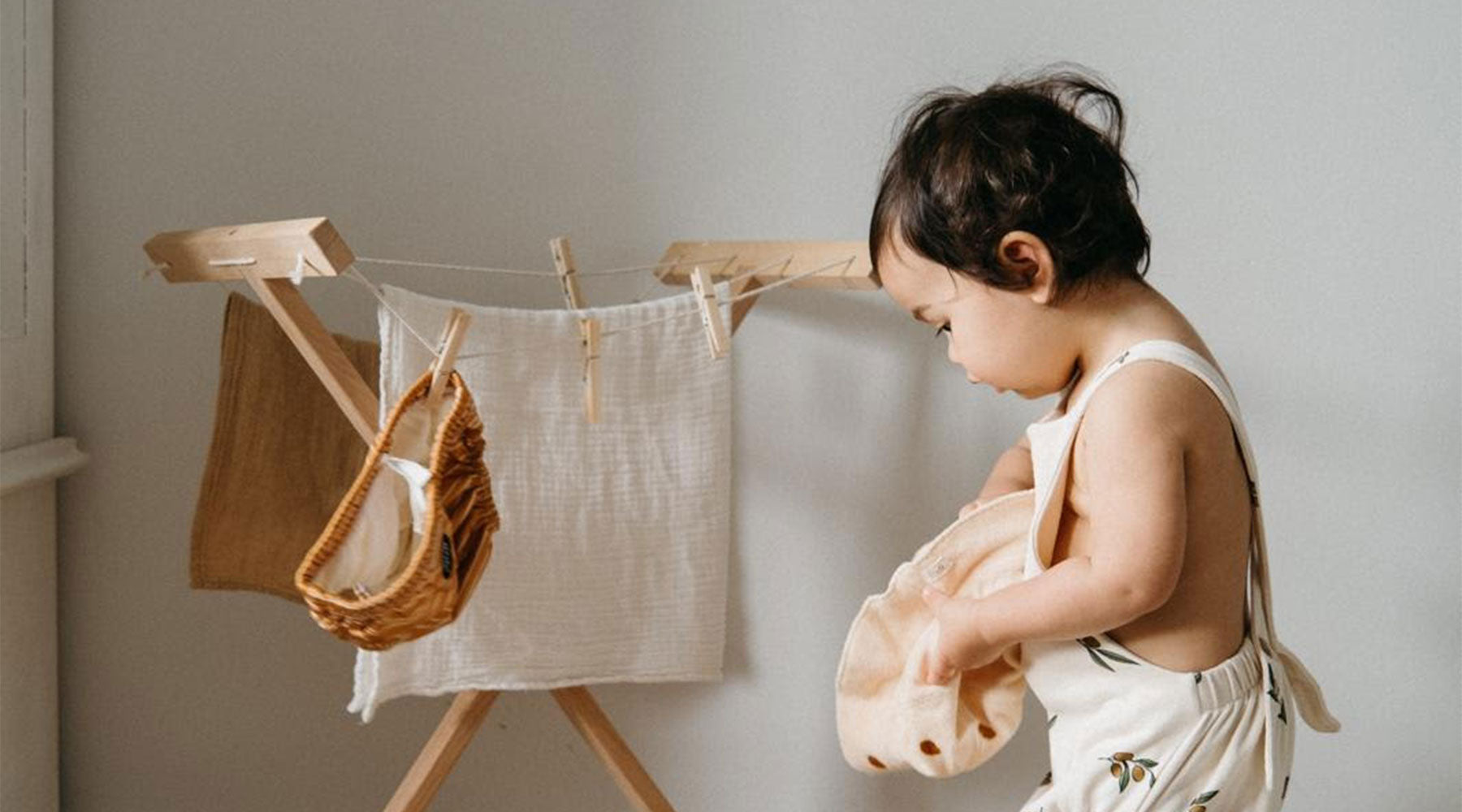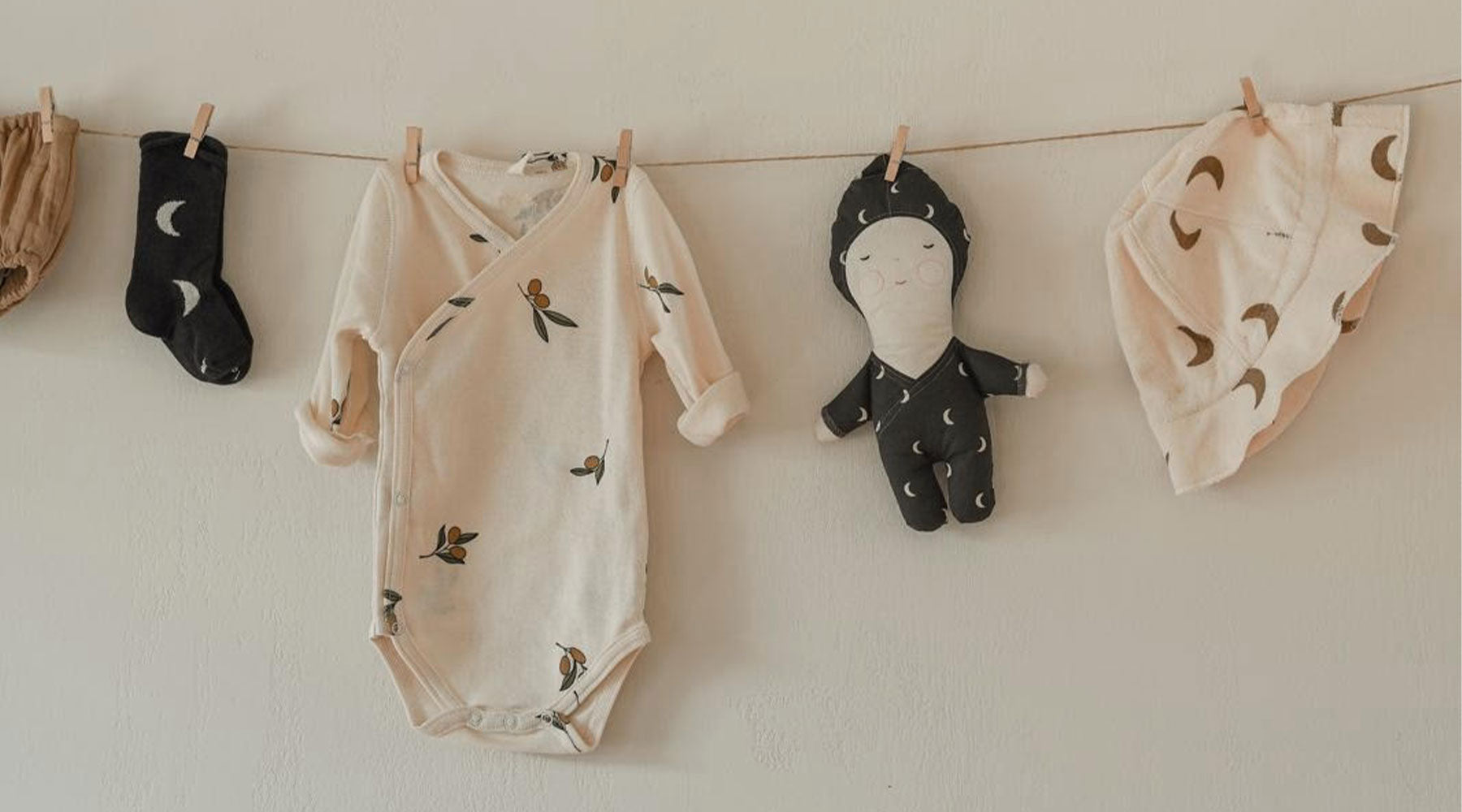In a home with babies, toddlers or little children, the end of the day can go one of two very different ways. In some households, it is a time when everyone calms down, the pace slows, the lights dim, and a sense of comfort, connection, and relaxation descends. In others, unfortunately, the opposite is true. Exhaustion leads to short tempers, stressed parents and a general sense of agitation in the family. A solid bedtime routine can be the difference between these two scenarios. It takes trial and error, patience and persistence to perfect, but once everyone knows what will happen at the end of the day, they will fall into their roles happily, and the day will wind up with peace and joy.

A bedtime routine can be as short or as long as suits your family. But crucially, it should include some critical touch points that your little one can hold onto as the ultimate signifiers of sleep. These should be powerful enough to work without the rest of the ‘closing ceremony’. What we have in mind is a particular lullaby, or special massage, a little recited verse or phrase or a sequence of particular kisses and cuddles. You can do these things wherever you are without remembering to bring anything except the words to the song! The way to establish this signifier is to have it embedded in a grander production that imbues its sleep-inducing power into this one little act.
Bedtime - the meeting point of independence and calm
Sleep is our little ones' first foray into independence. When they must leave their parents behind and venture into the world of dreams unaccompanied. We need a foundation of calm and confidence—a secure atmosphere where our babes are unwaveringly certain they are safe and loved. When they return to the waking world, they will be greeted with familiar, loving arms. We build this environment physically and through our relationships.
Child-friendly spaces
Creating a bedroom your child likes and feels comfortable in is a great first step toward sleep. Have safe, low-tox baby and toddler bedding that keeps your little one comfy and cosy in a room that facilitates calm and quiet. Retiring to a space away from the hubbub of the household that can have the lights turned down low will signal to your child that sleep is on the way.

Consistency and predictability
A consistent routine helps children understand what to expect, giving them a sense of security. Follow the same sequence of activities each night, such as bath time, putting on pyjamas, brushing teeth, and story time.
Involvement in the process
Encourage your child to participate in their bedtime routine. Let them choose their pyjamas, pick out a bedtime story, or help arrange their stuffed animals. This involvement can make them feel more in control and less resistant to going to bed. Allowing for autonomy shows our children that we trust them and that they are capable.
Crafting the Routine: Moments of Connection
Every bedtime routine looks different and is curated to specifically serve the needs of the child. Read through the suggested activities below and try them out with your little one to find which elements in what order work best for you all.

Bath time bliss
A warm bath or shower can be incredibly soothing, signalling to your child that it’s time to relax. Use gentle, natural bath products, and consider adding a few drops of lavender essential oil to the water for its calming properties.
Shake your sillies out
Some kids get to the end of the day with a little remaining energy in the tank. It might seem counterproductive, but for some little ones, a pre-sleep wrestle, a few laps up and down the corridor, or an impromptu dance party can be just the thing they need to empty that tank and lay down for rest.
Gentle massage
A massage is the ultimate way for adults to relax, so why wouldn’t it also work for children? Deep, slow, physical touch from a loving carer can connect directly with a little nervous system, physically stimulating relaxation and calm. A familiar lotion with a particular scent can further connect to the senses and signal sleep.

Cosy pyjamas
Although most of your children’s daytime clothes are likely comfortable enough for sleeping in, changing to a special set of clothes just for sleep is wonderfully symbolic and a whole-body way of showing your little one it’s time for bed.
Story time and snuggles
Reading a bedtime story is a timeless way to wind down. Once you start reading bedtime stories, you will realise just how many children’s books end with the protagonist going to bed. This is no coincidence! Snuggle up with your child, provide physical closeness and reinforce feelings of safety and love.
Lullabies and soft music
Singing a lullaby or playing soft, calming music can help lull your child off to sleep. The gentle rhythms and melodies can be a comforting auditory cue that it’s time to rest.

Embracing the Calm
As your child drifts off into dreamland, it’s important to maintain a calm and positive atmosphere. Speak in soothing tones and avoid sudden noises or bright lights. Consider using a nightlight with a warm glow and a white noise machine to create a consistent, comforting background sound. Pro parenting tip: For those without a dedicated white noise machine, the dishwasher or washing machine can work just as well and be a little more ‘multi-purpose’!
The Power of Presence
Remember, your presence is the most powerful comfort you can offer. Spend a few moments sitting quietly with your child as they settle down. Your reassuring presence can help ease any anxieties and make bedtime a peaceful, loving experience. And be kind to yourself. If you find bedtime difficult or tiresome, that’s okay; it’s a skill you’re learning alongside your little one. Bend, change things up, try your best, and if it doesn’t work, try something new tomorrow.
Related guide
Put Your Little One To Bed With Peace Of Mind Using Organic Toddler Bedding



































